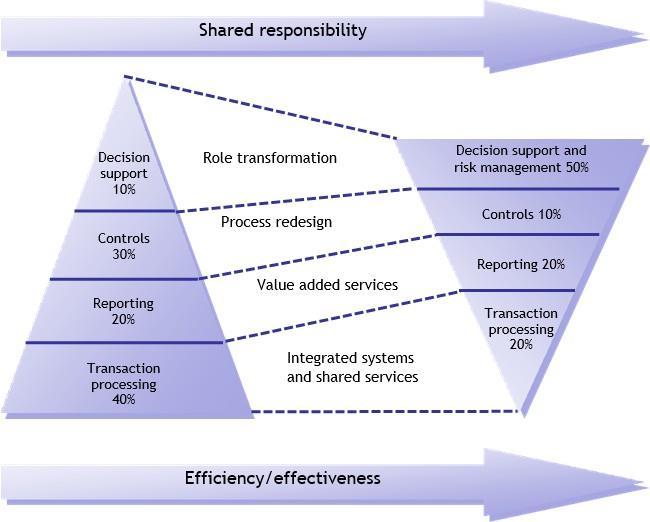
1 minute read
Asset-utilisation ratios
Ratio Possible interpretations
Debtor days
Advertisement
This is a measure most organisations pay attention to in both the private or public sector. In the public sector it may be more difficult to measure on a daily basis as many of the requests for payment, such as taxes, are on an annual, biannual or quarterly basis. As such, they need special systems to ensure monies are collected on a timely basis but in a manner that doesn’t cause public resentment.
In the private sector this figure is critical as non-collection of money owed is responsible for many company failures. Most good financial systems will have a sales ledger that can produce this figure by individual account so that actions can be taken as needed.
Suppliers and customers alike will look at your statutory accounts to calculate the credit you allow your customers. Suppliers, like banks, will see a high figure as poor management that will impact on your ability to pay them. Customers will use this figure as a negotiation tool when trying to maximise their credit terms with you. In the annual accounts the ‘dash for cash’ often means that the debtors’ figure is at its lowest for the whole year as a disproportionate amount of time is spent collecting money due to ‘window dressing’ of the published accounts.



